- Hybrid flash distributed parallel storage CS6000
-
 consult
consult Order inquiry: chentao@cloudnineinfo.com
For medium-to-large-scale mixed cold and hot data scenarios, it achieves the optimal balance between performance and capacity through intelligent tiering, enabling the construction of a highly reliable and cost-effective data foundation.

-
 Intelligent Tiering for Mixed Media
Intelligent Tiering for Mixed Media· Integrates NVMe SSDs, SATA SSDs, and high-performance HDDs, and constructs a multi-level performance tier to achieve the optimal balance between performance and cost.
· The intelligent tiering engine automatically migrates data based on access frequency hot data resides on SSDs, while cold data is archived to HDDs.
· Supports setting differentiated tiering policies by directory or storage pool, flexibly adapting to diverse scenarios such as video processing, archiving, and backup. -
 Large Capacity and High Cost-Effectiveness
Large Capacity and High Cost-Effectiveness· Supports scaling up to 8192 nodes, with a single file system capacity of ≥200PB, and enables management of tens of billions of files.
· Its built-in data compression and deduplication technologies significantly reduce actual storage consumption, enhancing TB-level cost-effectiveness. -
 Symmetric Distributed Architecture
Symmetric Distributed Architecture· Adopts a symmetric distributed architecture where all nodes simultaneously assume metadata and data service roles. This eliminates the need for independent metadata nodes, simplifying deployment and management.
· Distributed metadata management avoids centralized bottlenecks, enabling fast retrieval and efficient access to large-scale files.
· Nodes have equal roles failure of any node does not impact metadata services, improving overall system availability.
· A unified architecture design facilitates standardized O&M (Operation and Maintenance) and unified resource scheduling. -
 Unified Storage and Multi-Protocol Support
Unified Storage and Multi-Protocol Support· Supports unified access for multiple protocols including NFS, CIFS/SMB, POSIX, HDFS, HTTP, and MPI-IO, breaking down protocol silos.
· The same storage pool can simultaneously serve file sharing and big data analytics, eliminating redundant data replication.
· Supports Ethernet and RoCE network access, and is compatible with standard clients and high-performance proprietary clients. -
 Advanced Data Management
Advanced Data Management· Supports a global namespace, providing a unified data view across sites to facilitate centralized management and sharing.
· Supports automated data migration policies based on time, capacity threshold, and access patterns, with options for periodic or one-time execution.
· Enables virtualization of multiple clusters or HDFS storage into a single namespace, simplifying the architecture of big data platforms. -
 Cross-Regional Collaboration
Cross-Regional Collaboration· Leverages AFM technology to enable cross-regional data caching and intelligent routing, allowing remote sites to access high-frequency data locally.
· Supports expanding the global namespace across geographic distances, ensuring remote read/write performance and consistency.
· Data changes are synchronized in real time, enabling efficient and reliable collaboration across multiple locations. -
 High Reliability and High Availability
High Reliability and High Availability· Supports 3-way/4-way replication and N+2/N+3 erasure codes, allowing flexible configuration of redundancy policies by resource pool or directory.
· Features a fully redundant architecture that supports automatic recovery from hard disk, node, or network failures, ensuring uninterrupted business operations.
· Supports online capacity expansion, contraction, and automatic data rebalancing to maintain continuous system availability. -
 Easy Management and Visualized O&M
Easy Management and Visualized O&M· Provides dual management modes (graphical GUI and CLI), supporting unified configuration and monitoring across clusters.
· Supports one-click deployment, batch configuration, and rolling upgrades, significantly reducing O&M complexity.
· Monitors key indicators (node CPU, memory, network, disk I/O, and latency) in real time, with support for SNMP and email alerts.
- Application scenario
- Technical specification
| Name | Specifications |
| System Architecture | Fully Symmetric Distributed Architecture |
| Maximum Node Scalability | 8192 |
| CPU per Node | 2 * Intel |
| Memory per Node | Up to 2TB Supported |
| System Disks per Node | RAID 1, 2*480GB SSDs |
| Data Disks per Node | 36*3.5-inch Drives |
| Recommended Typical Configuration per Node | 4*NVMe SSDs +32*SATA HDDs |
| Network | 10/25/100/200/400 Gb/s Ethernet, 100/200/400 Gb/s InfiniBand |
| Power Supply Type | 1*AC+ 1*AC |
| Redundancy Strategy | Supports 3-way/4-way Replication, N+M Data Redundancy (e.g., Erasure Codes 4+2, 4+3, 8+2, 8+3) |
| Data Storage Optimization | Deduplication, Compression, Thin Provisioning, Small File Aggregation |
| Data Protection & Recovery | Remote Replication, Off-site Disaster Recovery, Snapshots, Cloning, Recycle Bin |
| Data Security & Access Control | Encryption, Enhanced ACLs, Multi-tenancy, WORM (Write Once Read Many) |
| Storage Management & Operations | Quota Management, QoS (Quality of Service), Intelligent Disk Prediction, Health Check, Reporting, Auditing |
| Data High Availability & Performance Enhancement | Active-Active, Multi-Source Zero-Copy, Soft Copy |
| Data Retrieval & Organization | Metadata Retrieval, Object Aggregation |
| System Monitoring & Health | Sub-health Detection, Kernel Client |

于我們_20240828.jpg)



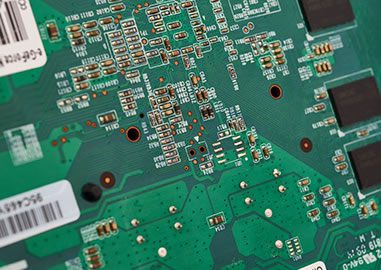
.jpg)

.jpg)
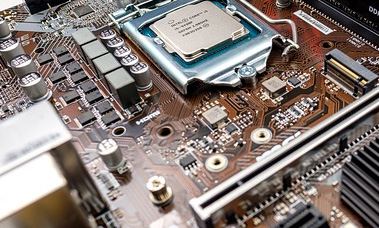
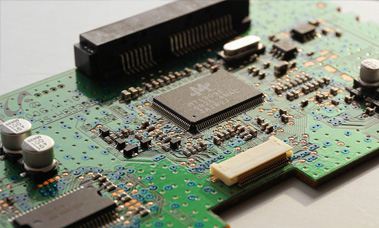







 0571-82835676
0571-82835676 login
login CH
CH
 Product
Product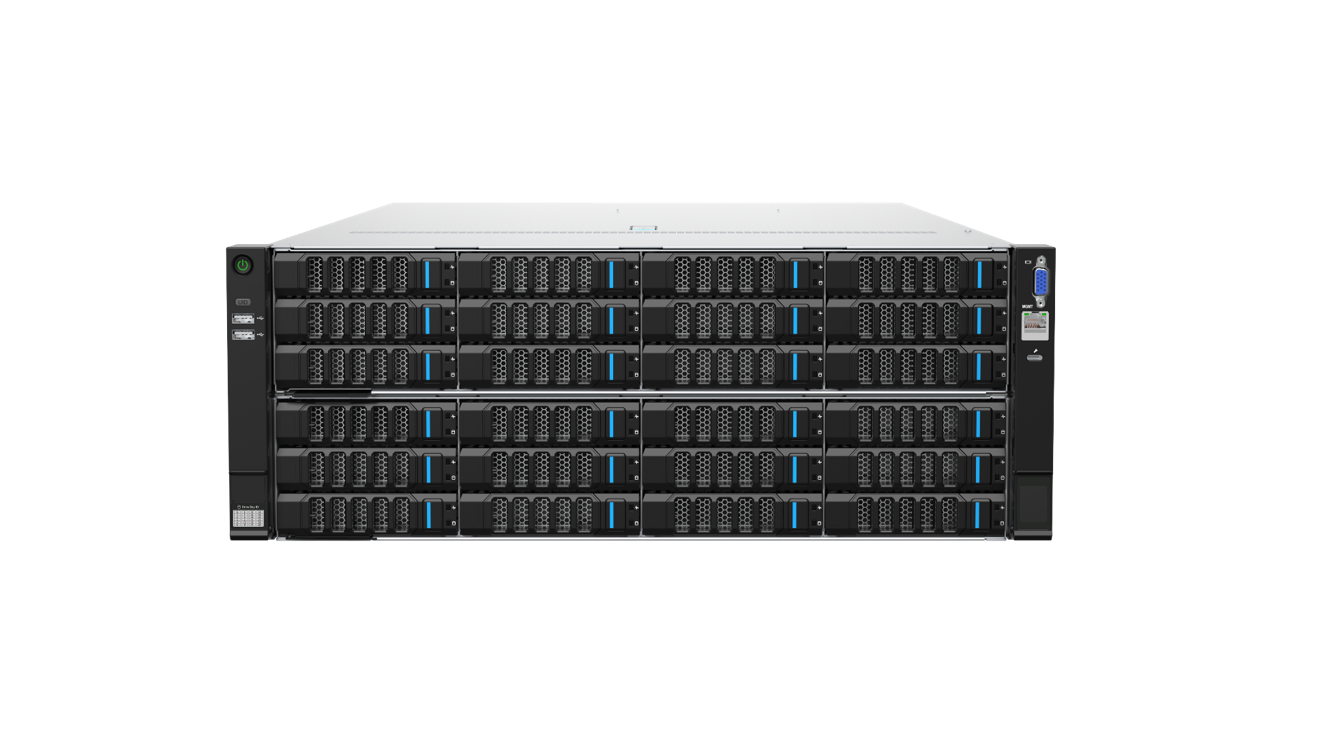
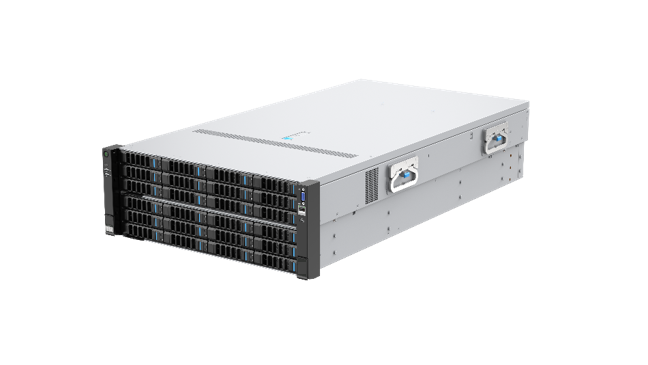
.jpg)
.jpg)
